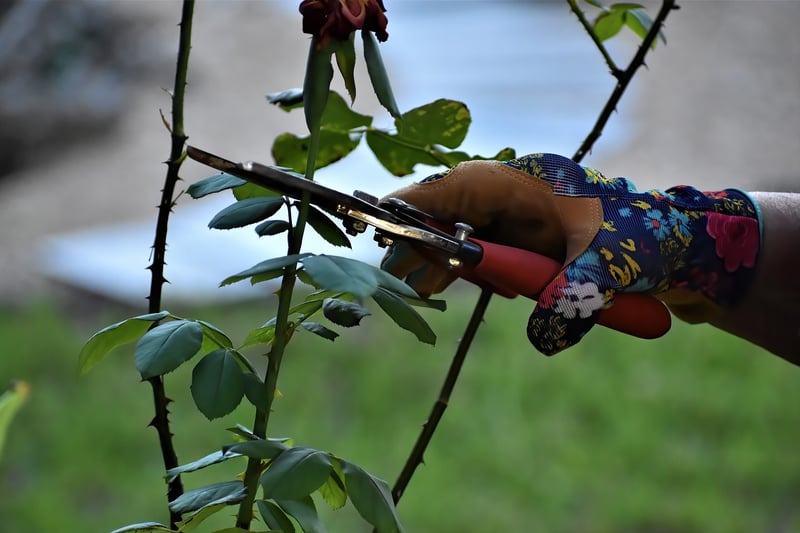Pruning Techniques
Nurturing Your Plants: Essential Tips and Pruning Techniques
Plants are a beautiful addition to any indoor or outdoor space, but they require proper care and attention to thrive. Whether you're a seasoned gardener or just starting out, learning how to nurture your plants is essential for their health and growth. In this guide, we'll cover some essential tips for plant care and introduce you to pruning techniques that will help your plants flourish.
Essential Tips for Nurturing Your Plants
1. Watering
One of the most critical aspects of plant care is proper watering. Different plants have varying water requirements, so it's essential to understand the needs of each plant in your collection. Overwatering can lead to root rot, while underwatering can cause wilting and stunted growth. Always water your plants at the base to avoid wetting the leaves, which can lead to fungal diseases.
2. Light
Light is another crucial factor for plant growth. Most plants require adequate sunlight to photosynthesize and thrive. Place sun-loving plants in bright, indirect light, while shade-loving plants can thrive in low-light conditions. Monitor the light levels in your home or garden and position your plants accordingly.
3. Soil and Fertilization
Choosing the right type of soil for your plants is essential for their growth. Use well-draining soil mixes that provide good aeration for the roots. Additionally, fertilize your plants regularly with a balanced fertilizer to provide them with essential nutrients for healthy growth.
4. Temperature and Humidity
Maintaining the right temperature and humidity levels is crucial for plant health. Most indoor plants thrive in temperatures between 60-75°F (15-24°C) and prefer moderate humidity levels. Consider using a humidifier or pebble tray to increase humidity for plants that require it.
Pruning Techniques for Healthy Plants
Pruning is a vital part of plant care that helps promote healthy growth and shape your plants. Here are some essential pruning techniques to keep your plants in top condition:
1. Deadheading
Remove spent flowers or dead blooms to encourage new growth and prolong the blooming period of your plants. Use clean, sharp scissors to snip off the dead parts without damaging the healthy stems.
2. Pinching
Pinching involves removing the tips of the plant's stems to encourage bushier growth. This technique is commonly used for herbs and houseplants to promote fuller, more compact growth.
3. Thinning
Thinning involves selectively removing crowded or weak branches to improve air circulation and light penetration within the plant. This technique helps reduce the risk of diseases and encourages stronger, healthier growth.
4. Rejuvenation Pruning
For overgrown or leggy plants, rejuvenation pruning can help renew their growth and appearance. Cut back old, woody stems to encourage new growth from the base of the plant, revitalizing its overall health.
By following these essential tips for plant care and mastering pruning techniques, you can ensure that your plants stay healthy, vibrant, and beautiful. Remember to observe your plants regularly, adjust your care routine as needed, and enjoy the rewarding experience of nurturing your green companions!

For more plant care tips and gardening advice, explore our gardening resources section.
